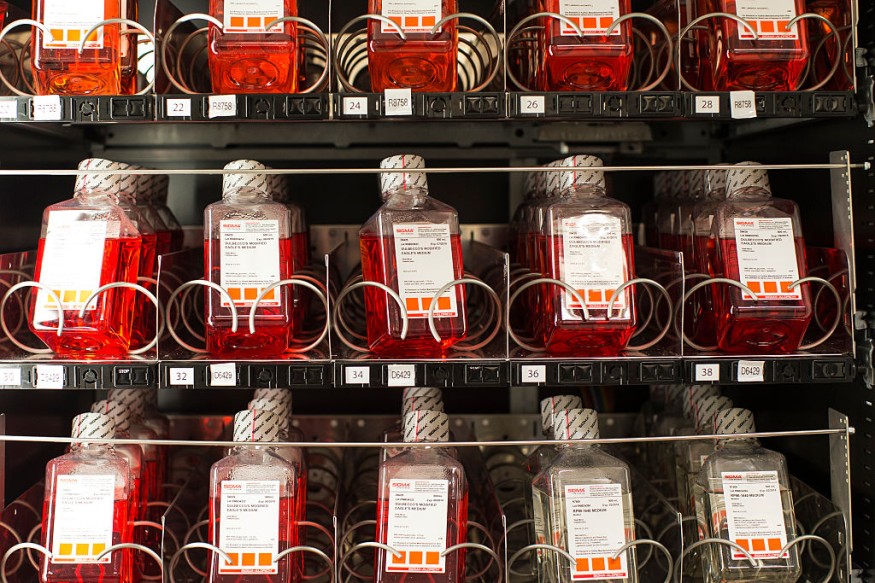Experts diagnose someone with a blood cancer approximately every three minutes in the United States. Every year, new blood cancer reports account for 10 percent of new diagnoses of cancer.
There are typically three separate types of blood cancers, according to Express.co.uk. These include leukemia, lymphoma, and myeloma. Signs and symptoms vary based on the form of blood cancer an individual has.
Major factors in leukemia survival rates include early diagnosis and management. Read on to find out more about some of the signs of early blood cancer that you can never miss.

What Are Blood Cancers?
According to Hematology.org, most blood cancers begin in the bone marrow - where blood is made. These cancers disrupt the development and work of your blood. The stem cells transform into three types of blood cells-white, red, or platelets in the bone marrow.
When anyone has blood cancer, and irregular blood cell's development influences the regular output of blood cells. These cancer cells inhibit the regular functions of your blood such as preventing excessive bleeding or combating diseases. There are three major types of tumors in the blood: leukemia, lymphoma, and myeloma.
Leukemia is a disease that induces the massive development of irregular white blood cells in your blood marrow. This stops bacteria from being combated by the body. These cells often hinder platelets and red blood cells from being formed by the bone marrow.
Plasma cell cancer is myeloma. The antibodies in your body are produced by these white blood cells to combat and resist illnesses and diseases. This cancer can disrupt the immune system of your body and render you susceptible to infection.
Lymphoma hinders the lymphatic function that generates immune cells and removes the body from surplus fluids. Abnormal lymphocytes, along with other cells, can accumulate and gather in the lymph nodes. The body's immune system is weakened by these cancerous cells.
What Are The Signs of Blood Cancer?
Blood cancer signs differ, like leukemia. Here are certain signs of blood cancer that you can look out for. Many of these signs may sound like the flu and maybe simple to ignore.
Pale skin
If the body produces leukemia, blood cells are destroyed by the disease, so it is impossible for your body to produce safe blood cells. You can experience anemia, and light skin is one of the major signs of anemia. Also, your hands can feel cold to the touch.
Fatigue
A typical symptom in certain diseases is exhaustion. You can see the doctor if you feel more worn out than usual and note a drastic difference in your energy.
Fever
Your blood cells aid the functioning of the immune system. The body's immune system does not normally work when certain cells are unhealthy, leading you to get sick more frequently. Frequent fevers and pneumonia are some of the most prominent first signs of leukemia.
Shortness of breath
You can also keep an eye on any shortness of breath if you are feeling energy depleted. You can take care if you feel short of breath any more quickly during physical exercise.
Bruises and poor blood clotting
You can bleed more than usual because the body does not produce enough platelets. You might even more often get a bloody nose. Other modifications connected to your blood that you can look out for include:
- Uncommon or regular bleeding
- Gums hemorrhage
- On your skin, little red dots
- Powerful cycles
- Including red streaks, bowel motions
Causes of Blood Cancer
No one is sure of what induces leukemia or other cancers of the blood, and there is no means of stopping it. Many factors in the environment, including smoking, pollution, and radiation, may lead to this disease's growth. The past of the family may also play a part in your chance of leukemia.
Call your doctor if...
- You have all of the symptoms described in the portion of the summary. Do not hesitate to note their frequency easily. It is worth checking your blood cell count.
- You have unexplained bleeding, and increased fever, or a seizure. For acute leukemia, you might require immediate care.
- You are in remission and find recurrence symptoms, such as infection or easy bleeding, from leukemia. You have to get a follow-up review.
Check out more news and information on Medicine and Health on Science Times.
© 2025 ScienceTimes.com All rights reserved. Do not reproduce without permission. The window to the world of Science Times.












